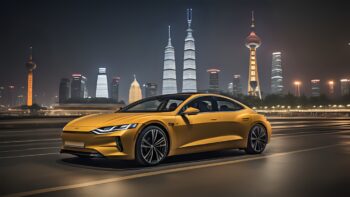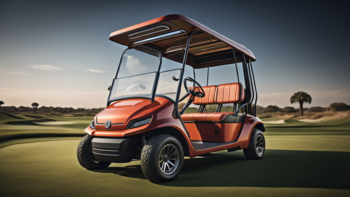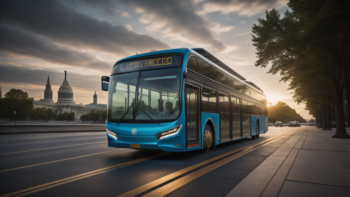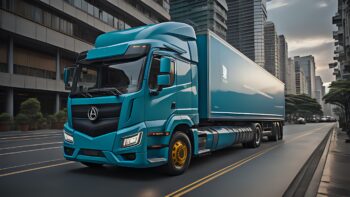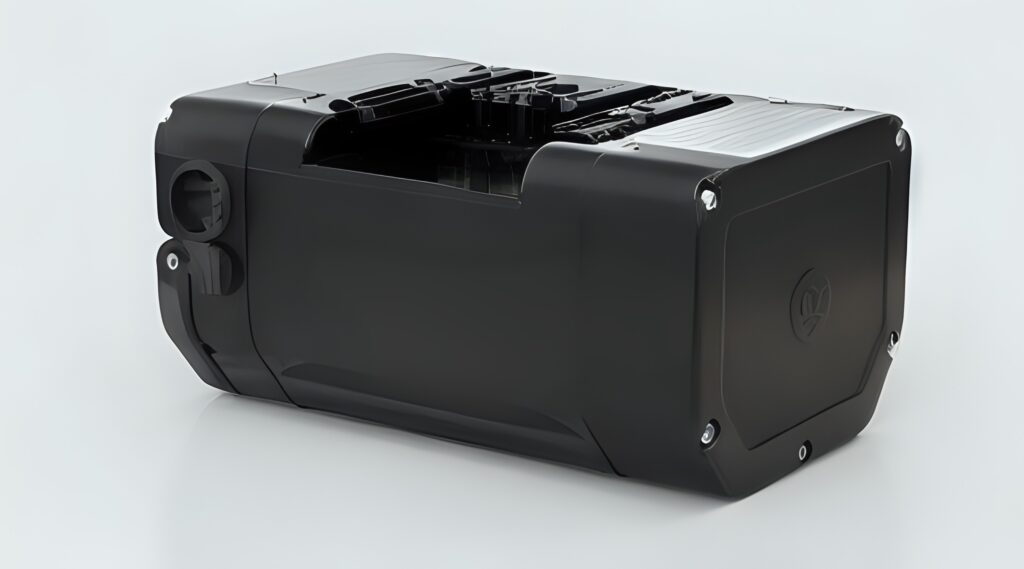
Electric Tricycle Battery
Listing Category by product
Electric tricycle battery manufacturers
Electric tricycle battery manufacturers are spearheading the transition towards eco-friendly mobility solutions. These companies specialize in crafting durable, high-performance batteries tailored to the unique requirements of tricycle propulsion. With a focus on energy efficiency and reliability, they are empowering riders with an efficient and environmentally conscious mode of transportation, catering to the diverse needs of urban commuters and commercial operators worldwide.
Exploring electric tricycle battery
Electric tricycles, also known as e-trikes, are becoming increasingly popular as sustainable modes of transportation in urban areas. Here’s a unique insight into the electric tricycle battery:
- Battery technology: Electric tricycles are typically powered by rechargeable lithium-ion batteries, chosen for their high energy density, lightweight design, and long lifespan. These batteries provide the necessary energy to drive the electric motor and propel the tricycle forward.
- Voltage and capacity: Electric tricycle batteries come in various voltages and capacities to suit different models and usage requirements. Common voltages range from 36V to 72V, while capacities vary from 10Ah to 30Ah or more, depending on the specific tricycle model and intended application.
- Range and performance: The range of an electric tricycle largely depends on the capacity and efficiency of its battery. Higher-capacity batteries can provide longer ranges, allowing riders to travel farther distances on a single charge. Additionally, the performance of an electric tricycle, including its speed and acceleration, is influenced by the power output of the battery.
- Charging infrastructure: Electric tricycle batteries can be recharged using standard AC outlets or dedicated charging stations. Charging times vary depending on the battery capacity and charger specifications, with fast chargers capable of replenishing the battery in as little as a few hours.
- Environmental impact: Electric tricycles powered by clean energy sources contribute to reducing air pollution and greenhouse gas emissions compared to traditional gasoline-powered tricycles. By eliminating tailpipe emissions, electric tricycles help improve air quality and reduce the environmental footprint of urban transportation.
- Cost considerations: The cost of electric tricycle batteries varies depending on factors such as battery chemistry, voltage, capacity, and brand. While lithium-ion batteries are initially more expensive, they offer lower operating costs and longer lifespans compared to lead-acid batteries, making them a cost-effective choice in the long run.
- Maintenance requirements: Electric tricycle batteries require minimal maintenance compared to internal combustion engine tricycles. However, periodic checks and maintenance, such as ensuring proper connections and keeping the battery clean and dry, are essential to ensure optimal performance and longevity.
- Innovation and future trends: Ongoing advancements in battery technology aim to improve energy density, charging speed, and overall performance of electric tricycle batteries. Innovations such as solid-state batteries and smart battery management systems hold promise for enhancing the efficiency and range of electric tricycles in the future.
Electric tricycle batteries are key components of e-trikes, providing the necessary power for efficient and sustainable urban transportation. With their high energy density, long lifespan, and environmental benefits, electric tricycle batteries are driving the adoption of clean and eco-friendly mobility solutions worldwide.

